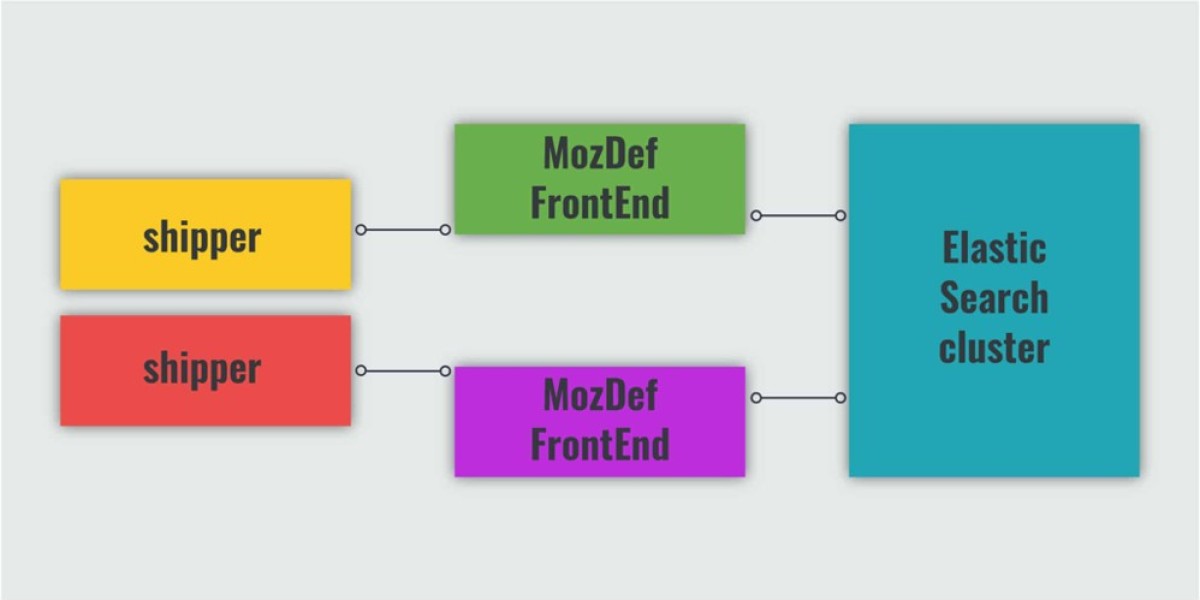In the world of computer science, data structures and algorithms form the backbone of efficient problem-solving and software design. Every program, from the simplest mobile app to the most complex artificial intelligence system, relies on the careful organization and manipulation of data. Mastering data structures and algorithms is therefore one of the most important milestones for any aspiring developer, software engineer, or computer scientist. It’s not just about writing code that works—it’s about writing code that works efficiently, scalably, and elegantly.
Understanding the Basics: What Are Data Structures and Algorithms?
At the core, data structures are specialized formats for organizing, processing, retrieving, and storing data. They define how data is logically arranged in memory and how different operations—such as insertion, deletion, traversal, and searching—are performed efficiently. Examples of basic data structures include arrays, linked lists, stacks, queues, trees, graphs, hash tables, and heaps.
An algorithm, on the other hand, is a step-by-step procedure or a set of rules designed to solve a specific problem. Algorithms define how data within these structures is manipulated to produce meaningful results. Examples include sorting algorithms like Merge Sort or Quick Sort, search algorithms like Binary Search, and graph algorithms such as Dijkstra’s Shortest Path.
The combination of the right data structure with the right algorithm determines how efficiently a program executes. This balance is crucial in competitive programming, system design, and real-world applications where performance, speed, and scalability matter.
The Importance of Data Structures and Algorithms
The study of data structures and algorithms (often abbreviated as DSA) goes beyond academic curiosity—it forms the foundation of practical programming. When you understand how data is stored and processed, you can make better decisions about memory management, computational complexity, and code performance.
For instance, choosing between an array and a linked list can significantly affect the performance of a program depending on the task. An array allows fast access to elements using indices, but resizing can be expensive. A linked list, meanwhile, offers dynamic resizing but slower random access. Similarly, knowing when to use a hash map instead of a binary search tree can make or break your program’s speed when handling large data sets.
In real-world applications—such as database indexing, search engines, social media platforms, and even online payment systems—an efficient use of data structures and algorithms determines how quickly data can be retrieved and processed. For example, Google’s search algorithm and Facebook’s friend suggestion system both rely heavily on graph-based data structures.
Data Structures in Java
Java is one of the most popular languages for learning and implementing data structures and algorithms. Its strong object-oriented nature, vast standard library, and built-in data structure classes make it a preferred choice for beginners and professionals alike.
Some of the most commonly used data structures in Java include:
Array – A fixed-size structure that stores elements of the same type.
ArrayList – A resizable array that is part of the Java Collections Framework.
LinkedList – A doubly-linked list implementation that allows fast insertion and deletion.
Stack – Implements Last In, First Out (LIFO) operations, used in recursion and backtracking algorithms.
Queue and PriorityQueue – Used to manage elements in First In, First Out (FIFO) order, or based on priority.
HashMap and HashSet – Efficient key-value and unique-element storage structures that use hashing.
TreeMap and TreeSet – Sorted versions of maps and sets, typically implemented using Red-Black Trees.
Java’s Collections Framework provides an abstraction layer that simplifies the use of these structures. For example, the List, Set, and Map interfaces provide flexibility while allowing developers to switch between different implementations depending on performance needs.
Additionally, Java’s Generics enable the creation of type-safe data structures that prevent runtime type errors and make code reusable.
By understanding how these built-in classes work internally—such as how HashMap handles collisions or how ArrayList resizes dynamically—developers can make more informed design choices and even implement custom versions optimized for specific problems.
Key Algorithms Every Developer Should Know
While learning about data structures, one must simultaneously study the algorithms that operate on them. Here are some foundational categories:
Sorting Algorithms:
Bubble Sort, Insertion Sort, Merge Sort, Quick Sort, Heap Sort.
Sorting is fundamental to optimizing data retrieval and is a common interview topic.Searching Algorithms:
Linear Search, Binary Search.
Used for finding elements efficiently within arrays and lists.Graph Algorithms:
Breadth-First Search (BFS), Depth-First Search (DFS), Dijkstra’s Algorithm, Bellman-Ford, Kruskal’s and Prim’s Algorithms.
These algorithms are essential for networking, navigation systems, and social media graph analysis.Dynamic Programming:
Algorithms that store intermediate results to avoid redundant computation, such as Fibonacci sequence, Knapsack problem, Longest Common Subsequence, and Matrix Chain Multiplication.
Greedy Algorithms:
Algorithms that build up a solution piece by piece, always choosing the next piece that offers the most immediate benefit, like Huffman coding or Activity Selection.
Divide and Conquer Algorithms:
Algorithms that break down problems into smaller subproblems, solve them independently, and combine results—like Merge Sort and Quick Sort.
These algorithms not only build technical competence but also sharpen one’s logical and analytical thinking skills—essential for solving complex coding problems.
From Basics to Advanced: Building Mastery Step by Step
1. Learn the Fundamentals.
Start by understanding the core data structures—arrays, linked lists, stacks, and queues. Learn how they work, their advantages, and their limitations. Visual tools and online simulators can help in grasping how data moves within these structures.
2. Implement from Scratch.
Coding your own versions of data structures (like your own LinkedList or HashMap in Java) is a great way to internalize how they function under the hood. Avoid relying solely on libraries until you’ve built them manually at least once.
3. Analyze Time and Space Complexity.
Use Big O notation to measure the efficiency of algorithms. Understand how complexity affects scalability and performance. For instance, an O(log n) algorithm is much faster than O(n²) for large datasets.
4. Practice Problem Solving.
Platforms like LeetCode, HackerRank, and Codeforces offer challenges that strengthen your grasp of DSA concepts. Start with easy problems, then progress to medium and hard ones.
5. Explore Advanced Topics.
After mastering basics, dive into advanced data structures such as tries, segment trees, Fenwick trees, disjoint sets, and suffix arrays. Explore advanced algorithms like A search, KMP string matching*, and Tarjan’s algorithm for strongly connected components.
6. Apply DSA in Real Projects.
Integrate DSA into real-world applications such as building a file compression tool (using Huffman coding), implementing a spell checker (using tries), or designing a recommendation system (using graphs).
7. Learn Language-Specific Optimizations.
In data structures in Java, for example, understanding how garbage collection, multithreading, and concurrency work can lead to more efficient code in large-scale systems.
The Role of DSA in Technical Interviews and Career Growth
Mastering data structures and algorithms is also crucial for career advancement. Top technology companies like Google, Amazon, Microsoft, and Meta heavily emphasize DSA in their technical interviews. Candidates are evaluated on their ability to design efficient algorithms under time constraints, optimize performance, and handle edge cases effectively.
Beyond interviews, a strong command of DSA improves day-to-day problem-solving ability. Whether it’s optimizing database queries, enhancing web application performance, or developing AI models, DSA knowledge ensures that engineers can design systems that are both elegant and efficient.
Conclusion
Mastering Data Structures and Algorithms: From Basics to Advanced is not a one-time task—it’s a continuous learning journey. It requires patience, practice, and persistence. By understanding the fundamentals, implementing algorithms from scratch, and exploring real-world applications, developers can sharpen their analytical thinking and coding efficiency.
In the long run, proficiency in data structures and algorithms empowers programmers to write optimized, scalable, and high-performance code—skills that distinguish great engineers from good ones. Whether coding in Java or any other language, the principles remain universal: organize data smartly, choose algorithms wisely, and always strive for elegant efficiency.








